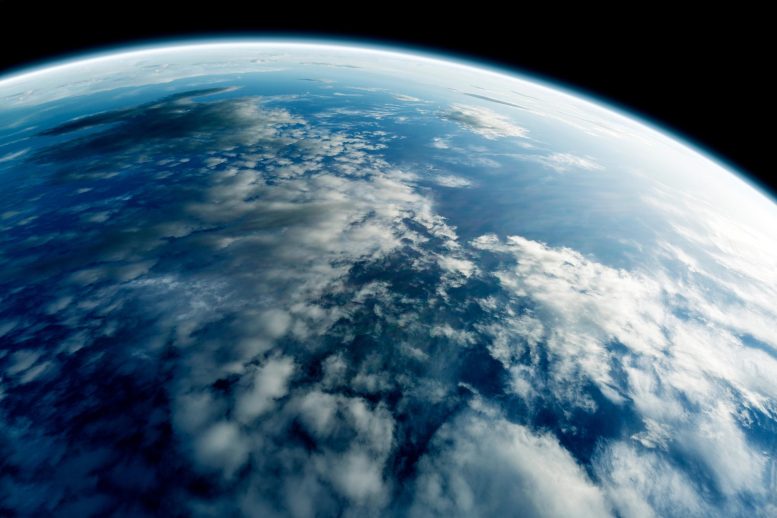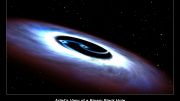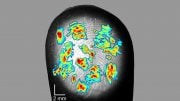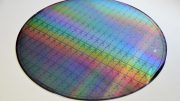
Researchers have improved a climate model that previously overestimated the reflectivity of ice, leading to more accurate predictions of ice melt and climate change impacts.
Their revision incorporates the impact of previously neglected physical properties in ice.
As global temperatures rise due to human-induced climate change, precise computerized climate models will be crucial in shedding light on how our climate will continue to evolve in the coming years.
In a study published in the Journal of Geophysical Research: Atmospheres, a team led by researchers from the UC Irvine Department of Earth System Science and the University of Michigan Department of Climate and Space Sciences and Engineering reveal how a climate model commonly used by geoscientists currently overestimates a key physical property of Earth’s climate system called albedo, which is the degree to which ice reflects planet-warming sunlight into space.
Albedo is a measure of the reflectivity of a surface, expressed as the fraction of incoming solar radiation that is reflected by that surface back into space. It is a critical factor in determining the Earth’s climate and energy balance. Surfaces with high albedo, such as snow and ice, can reflect a large portion of incoming solar energy, whereas darker surfaces like forests or oceans absorb more solar energy.
“We found that with old model versions, the ice is too reflective by about five percent,” said Chloe Clarke, a project scientist in UC Irvine professor Charlie Zender’s group. “Ice reflectivity was much too high.”
The amount of sunlight the planet receives and reflects is important for estimating just how much the planet will warm in the coming years. Previous versions of the model, called the Energy Exascale Earth System Model (E3SM), overestimated albedo because they did not account for what Clarke described as the microphysical properties of ice in a warming world.
Those properties include the effects things like algae and dust have on albedo. Dark-colored algae and dust can make snow and ice less reflective and less able to reflect sunlight.
Analysis Using Satellite Data
To do the analysis, Clarke and her team studied satellite data to track the albedo of the Greenland Ice Sheet. They found that E3SM reflectivity overestimates the reflectivity of the ice sheet, “meaning the model estimates less melt than what would be expected from the ice microphysical properties,” said Clarke.
But with the new ice reflectivity incorporated into the model, the Greenland Ice Sheet is melting at a rate of about six gigatons more than in older model versions. This is based on albedo measurements that are more consistent with satellite observations.
Clarke hopes her team’s study stresses the importance of the seemingly minuscule properties that can have far-reaching consequences for the overall climate. “I think our work is going to help models do a much better job of helping us capture snow and ice-related climate feedbacks,” she said.
Next, Clarke wants to study different icy parts of the planet to gauge how widespread the albedo discrepancy is in E3SM. “Our next steps are to get it so it is functional globally and not just valid over Greenland,” said Clarke, who also intends to compare the new Greenland Ice Sheet melt rates to observations to measure how much more accurate the new ice albedo is. “It would be useful to apply it to glaciers in places like the Andes and Alaska.”
Reference: “The Effect of Physically Based Ice Radiative Processes on Greenland Ice Sheet Albedo and Surface Mass Balance in E3SM” by C. A. Whicker-Clarke, R. Antwerpen, M. G. Flanner, A. Schneider, M. Tedesco and C. S. Zender, 8 April 2024, Journal of Geophysical Research: Atmospheres.
DOI: 10.1029/2023JD040241
Additional authors include Raf Antwerpen (Lamont-Doherty Earth Observatory), Mark G. Flanner (University of Michigan), Adam Schneider (National Oceanic and Atmospheric Administration), Marco Tedesco (Lamont-Doherty Earth Observatory) and Charlie S. Zender (UC Irvine). Funding information is listed in the study.









Strictly speaking, albedo is only applicable to diffuse reflectors, primarily clouds, fresh snow, particulate surfaces such as sand, and particles suspended in water. The 71% of Earth covered by water, primarily reflects by specular reflectance, which increases with the angle of incidence, as characterized by Fresnel’s Equations ( https://en.wikipedia.org/wiki/Fresnel_equations ), leading to 100% reflectance at a grazing angle (90 degrees). Typically, the Global Circulation Models use an ocean ‘albedo’ that is a combination of the effects of diffuse reflectance of sediment and plankton, plus the specular reflection at the water surface, which is a lower-bound for water.
https://wattsupwiththat.com/2016/09/12/why-albedo-is-the-wrong-measure-of-reflectivity-for-modeling-climate/
At the next level of refinement, even rough surfaces are not reflecting at a single value of reflectance, but have a complex reflectance called the hemispherical, bi-reflectance distribution function (BRDF) that varies with the angle of incidence of sunlight and the viewing position. It is why people sometimes experience ‘snow blindness’ if not wearing eye protection and look in the direction of the sun for extended periods because, as is typical, there is a strong forward lobe in the BRDF. Even the stubble in a harvested corn field will display very high reflectance off the stalks and clods when the sun is low on the horizon. Observations from a nadir-viewing platform, which is typical for most imaging satellites, only reveal the back (retro)reflectance and not the forward reflectance away from the sun.
If anything, the climate models probably underestimate the so-called albedo variable because the models don’t take into account the rapidly increasing reflectance with angles of incidence over about 60 degrees, up to a maximum of 100% where the limb of the illuminated surface of Earth is water, and instead use averages for small angles of incidence.
This is yet another example of the poor quality of research being done in climatology. I think that this group needs to add someone to their team who is an expert in optical physics.